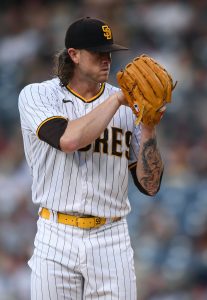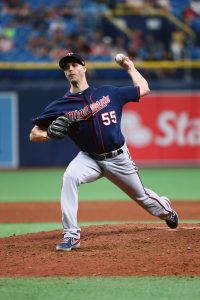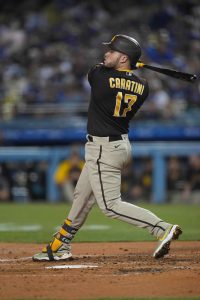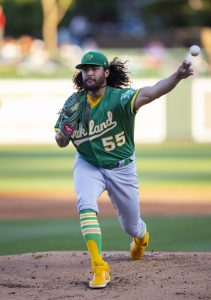The Angels announced this afternoon they’ve claimed right-hander Kyle Tyler off waivers from the Padres. San Diego had designated him for assignment this week in advance of setting their Opening Day roster.
It’s a full-circle moment for Tyler, who made his first five major league appearances with Anaheim last season. He tossed 12 1/3 innings, allowing four runs on eight hits with six strikeouts and walks apiece. Tyler only generated swinging strikes on 4.7% of his offerings in his big league cameo, but he had strong strikeout and walk numbers in the minors.
Tyler started 14 of his 20 appearances between Double-A Rocket City and Triple-A Salt Lake. He worked 86 innings of 3.66 ERA ball between the two levels, punching out a solid 25.3% of opponents against an impressive 6.9% walk rate. Baseball America ranked the University of Oklahoma product #39 in the Angels farm system this winter, praising his above-average command.
Despite the solid minor league showing, the Angels designated Tyler for assignment last month when they signed Ryan Tepera. He landed with the Red Sox on waivers, but Boston designated him themselves just two days later. This time, the Friars grabbed him. His stay in San Diego lasted a couple more weeks than did his time with the Sox, but he now finds himself back in Orange County. Tyler has all three minor league option years remaining, so the Angels can stash him at the upper levels as rotation or long relief depth — if they keep him on the 40-man roster this time around.
In a corresponding move, the Angels placed righty Cooper Criswell on the 60-day injured list. The 25-year-old made his first big league start last August but otherwise spent the year in the upper minors. Criswell has been dealing with shoulder soreness this spring and evidently won’t be ready for MLB action until at least the second week of June.





